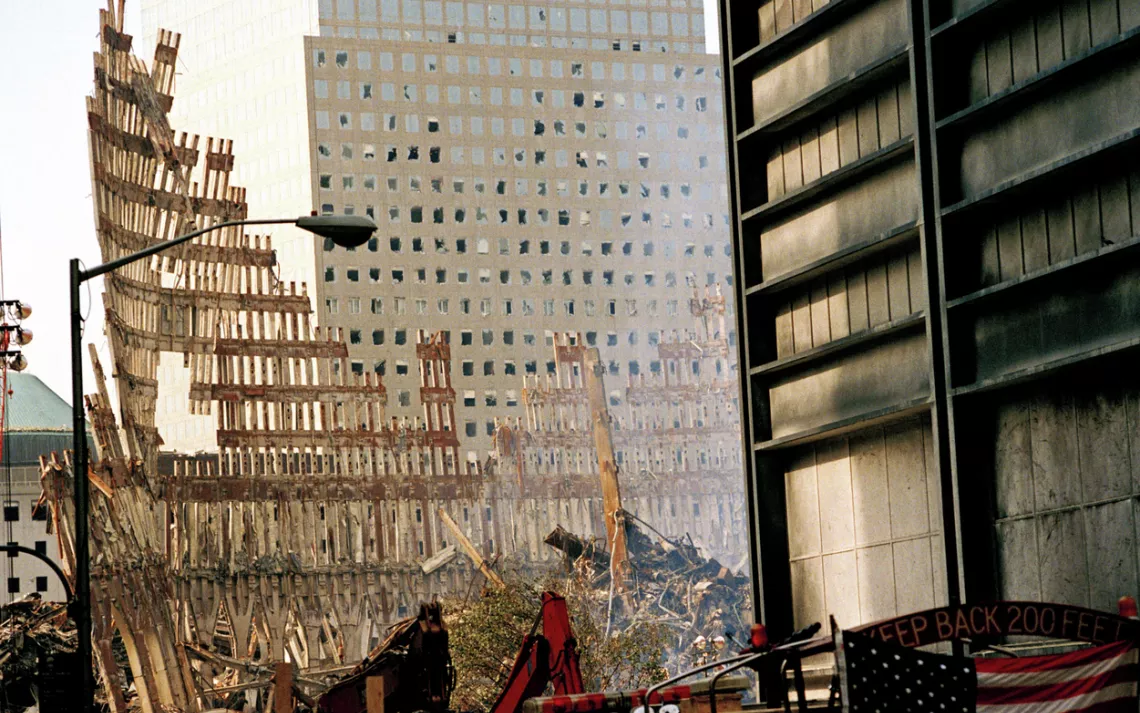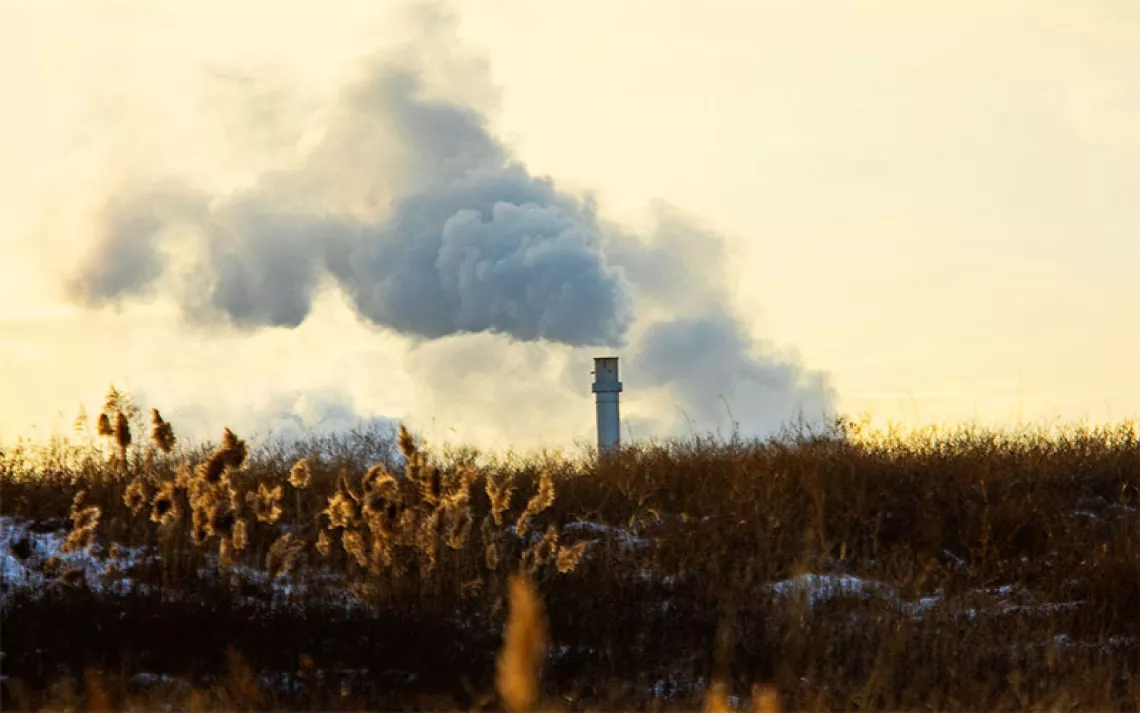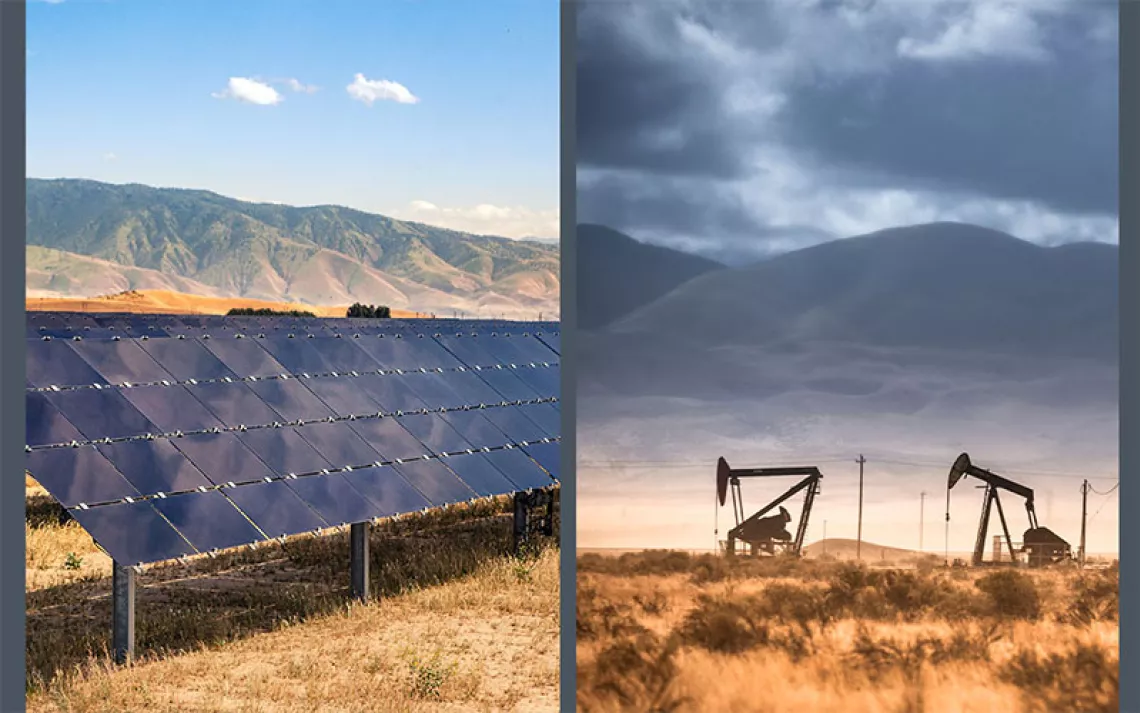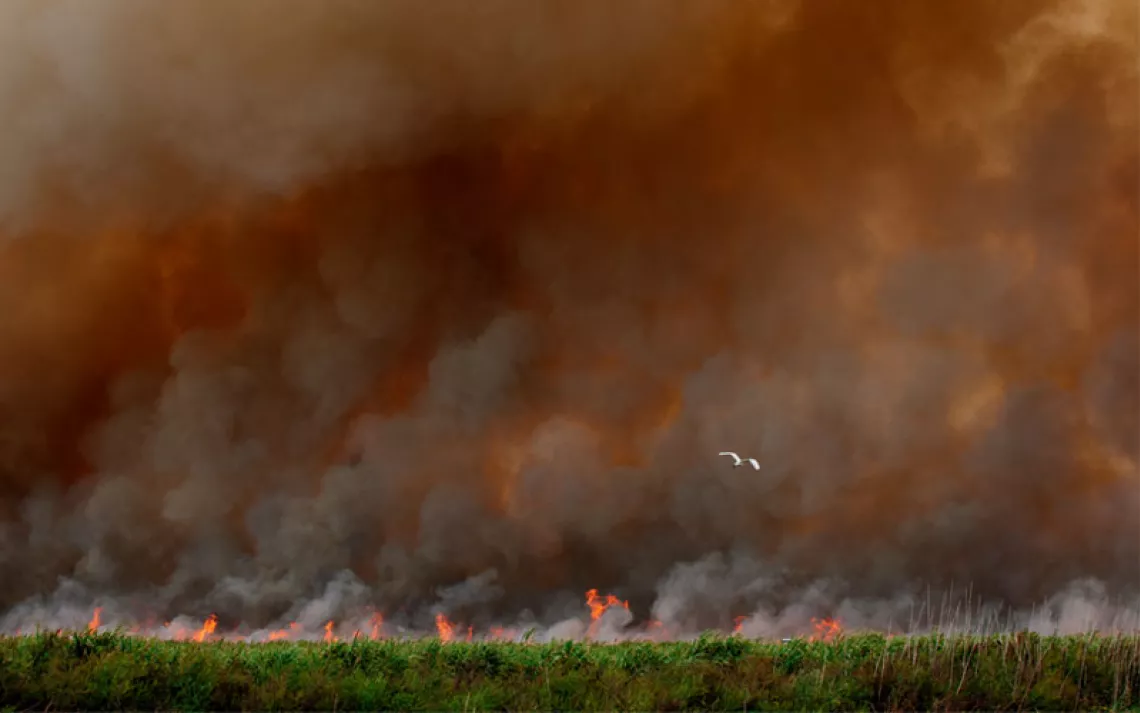Whitewash at Ground Zero
How the White House covered up post–September 11 hazards

Why would our government lie to us about something this big? Immediately after the collapse of the World Trade Center, scientists at the EPA gathered as much data as they could on the health risks caused by the fires and airborne debris. Based on that research, the agency quickly drafted a press release warning of high asbestos levels in lower Manhattan, and of risks to "sensitive populations" such as the elderly and asthmatics. The EPA also intended to caution property owners that their homes and businesses would need professional cleanup to remove asbestos, heavy metals, and other contaminants.
But when the EPA ran its press release by the White House, it was rejected for fear it would hamper the "return to normalcy." Even while Bush expressed compassion for the victims and support for the rescue workers and residents of lower Manhattan, including a dramatic visit to Ground Zero, his White House spin doctors took their blue pencils to the agency’s announcement. Rather than the EPA, the White House–controlled National Security Council was put in charge of the final release, with the rationale that it had expertise in weapons of mass destruction.
"Our tests show that it is safe for New Yorkers to go back to work in New York’s financial district," announced the rewritten statement, released on September 16. The reference to sensitive populations was deleted. The asbestos warning was replaced with an assurance that "ambient air quality meets OSHA [Occupational Safety and Health Administration] standards and consequently is not a cause for public concern." OSHA standards, however, assume limited hours in a workplace, as well as appropriate protective equipment. The need for professional contractors to clean homes and offices was watered down to a general recommendation that people should follow instructions from city officials.

Sign up to receive Sierra News & Views
Get articles like this one sent directly to your inbox weekly.
With this action you affirm you want to receive Sierra Club communications and may vote on policy designated by the Sierra Club Board.
Two years later, in August 2003, the EPA’s Office of Inspector General concluded that the findings had been manipulated: "Competing considerations, such as national security concerns and the desire to reopen Wall Street . . . played a role in EPA’s air quality statements." (Another "competing interest," apparently, was the desire to downplay New York’s need for federal help and to protect the president’s cherished tax cuts. When New York officials complained that promised federal aid was slow in coming, White House budget director Mitch Daniels accused them of playing "money-grubbing games.")
The inspector general’s report came too late for thousands of people like Pat Moore, who cleaned up the three feet of dust and debris in her apartment herself because "no one told us about the possible risks." It was too late for the Ground Zero workers, 78 percent of whom, according to Mount Sinai Hospital, suffered from lung ailments. A private testing firm found asbestos levels of 850,000 fibers per square centimeter in the Woolworth Building, just across from city hall—more than eight times the level considered to be "high." Other tests found heavy asbestos loads in a stairwell used by employees of the Securities and Exchange Commission. Robert Gulack, senior counsel for the SEC, who developed bronchitis after the attack, charged that the stairwell had been recontaminated by the failure to clean the exterior of the building. "They rushed us back into contaminated playgrounds and schools and places of business," Gulack said. "They took it upon themselves to decide what we would be told, and what might be too upsetting for us to know." And when New York City firefighters asked to have their stations tested for toxic contamination, the administration refused.
The EPA responded to the furor over the inspector general’s report in the same way the Bush administration responds to all criticism: by refusing to admit that anything had ever gone awry. Even in retirement, former EPA administrator Christie Whitman continued to be a good soldier for the administration that had routinely ignored her and overridden her agency’s scientists. She blamed the rescue workers themselves for their failure to wear protective equipment: "If they had worn the devices," she told the New York Post, "we’d see a lot less problems."
"When she said that everything was OK, the firefighters believed those statements," shot back Steve Cassidy, the head of the firefighters’ union. "For her to say now that we are responsible is outrageous."
In his confirmation hearings to succeed Whitman as EPA administrator, Utah governor Mike Leavitt (R) was questioned about the scandal. Would the Bush administration provide funding to complete the cleanup of lower Manhattan? Would it provide long-term health monitoring and care for those who had been exposed to toxic pollutants because they had relied on the EPA’s doctored public statements? Leavitt’s nonresponsive answers led several senators to put his nomination on hold while they awaited an explanation of why the federal government deliberately misled those on the front line of the first battle in the war against terrorism. It never came.
If the EPA and the White House are willing to lie about something as visible, and emotionally uniting, as Ground Zero, how can we trust what they tell us about pollution in our own neighborhoods?
 The Magazine of The Sierra Club
The Magazine of The Sierra Club



